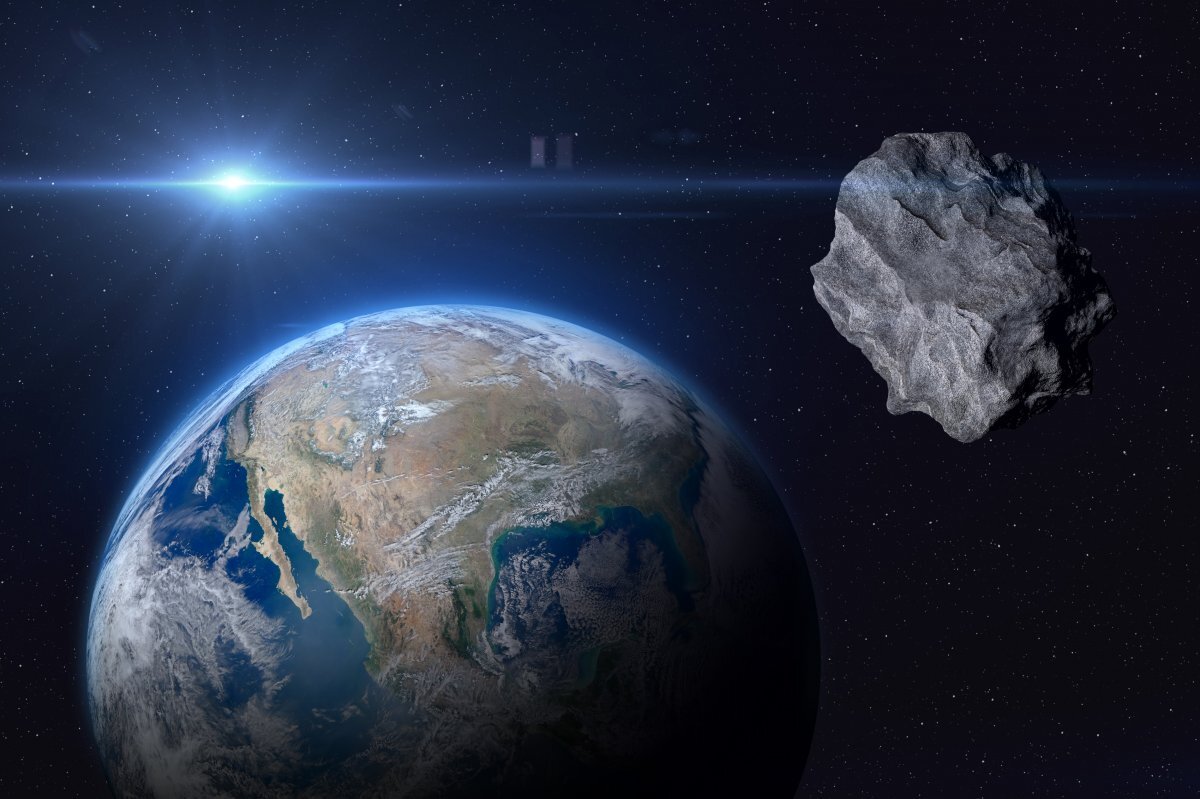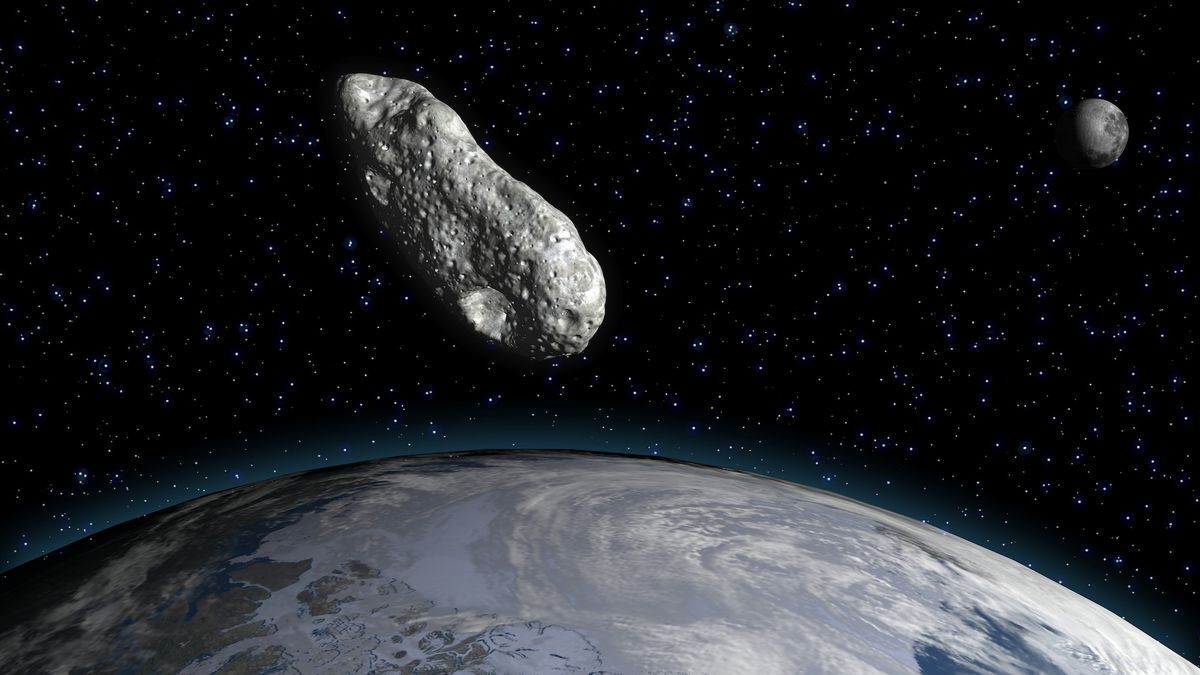The discovery and characterization of Earth-crossing asteroid #2024YR4: https://arxiv.org/abs/2503.05694 -> Astronomers Trace Earth-Crossing Asteroid to Surprising Origin: https://keckobservatory.org/2024-yr4/ (namely that it's a solid, stony type that likely originated from an asteroid family in the central Main Belt between Mars and Jupiter, a region not previously known to produce Earth-crossing asteroids).














